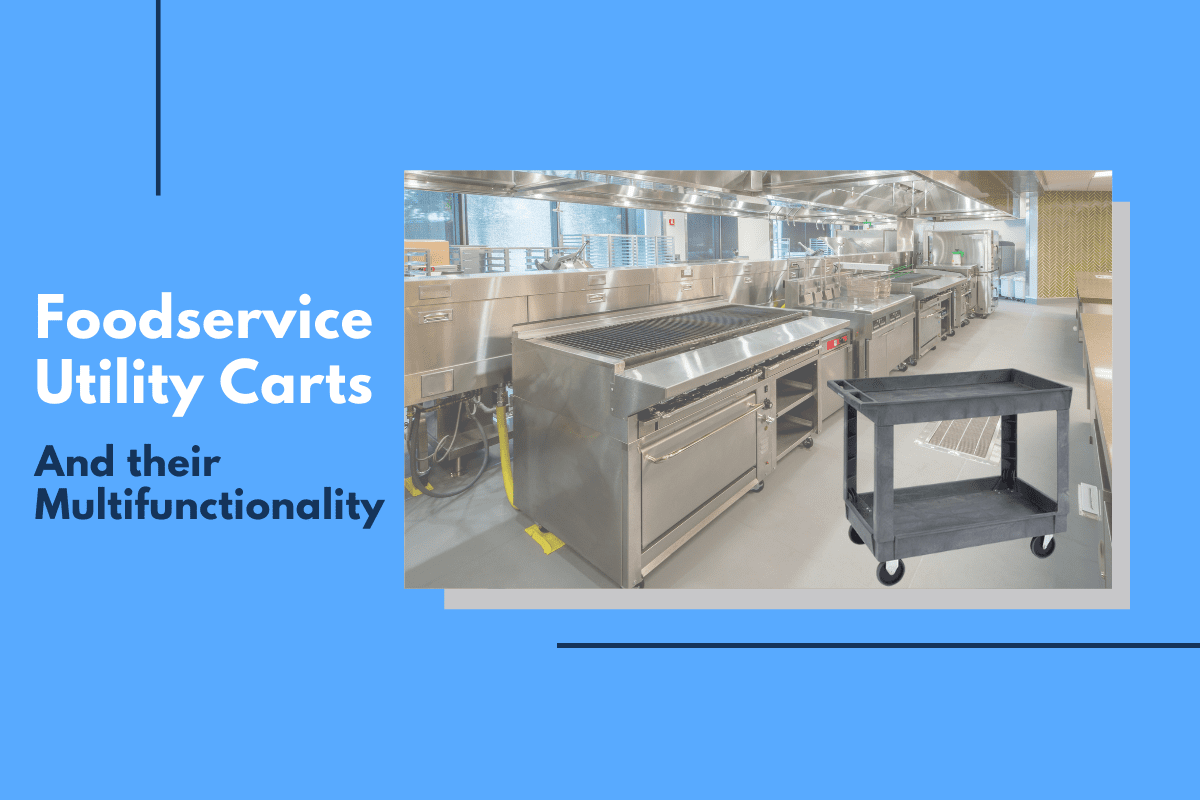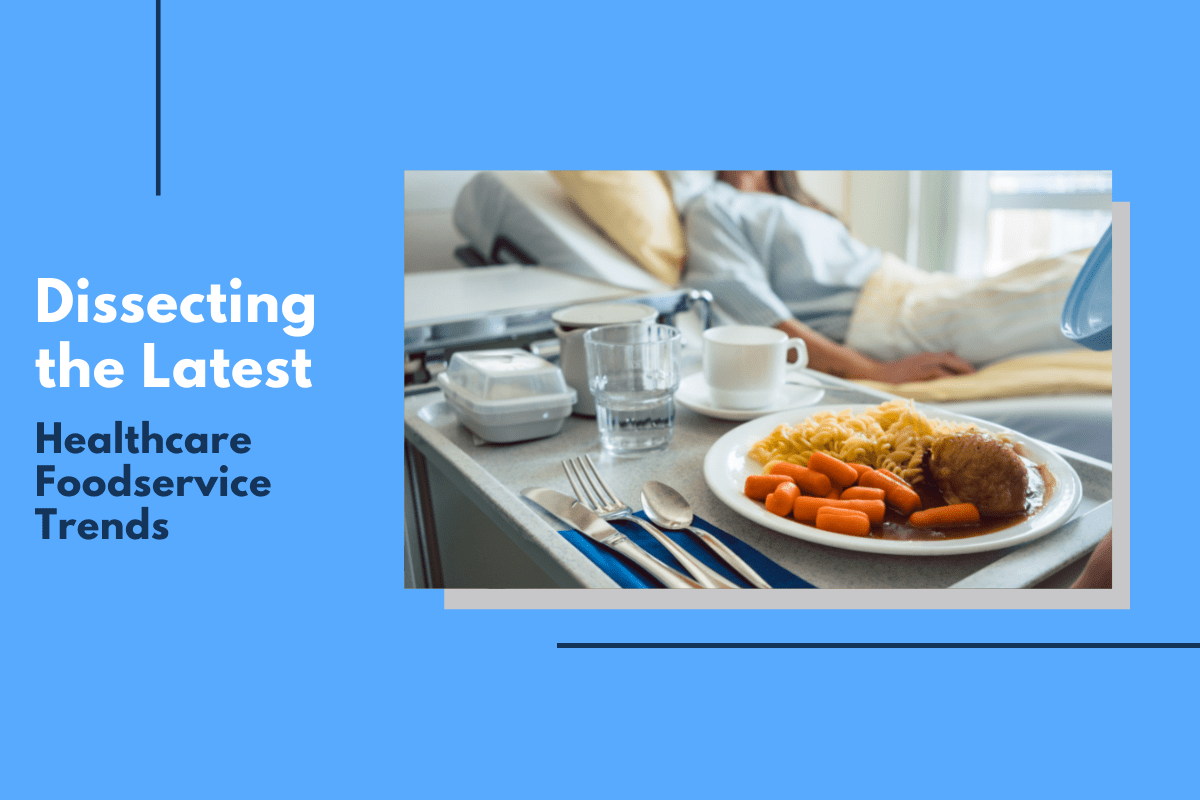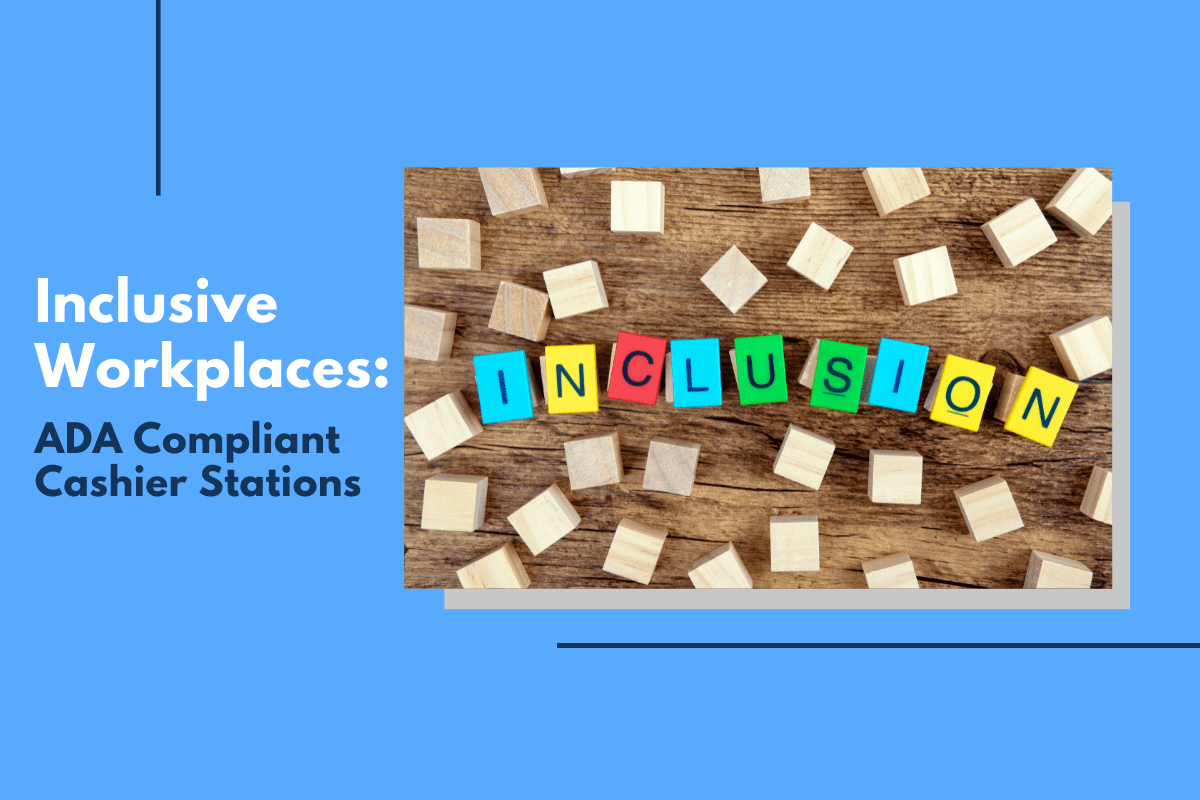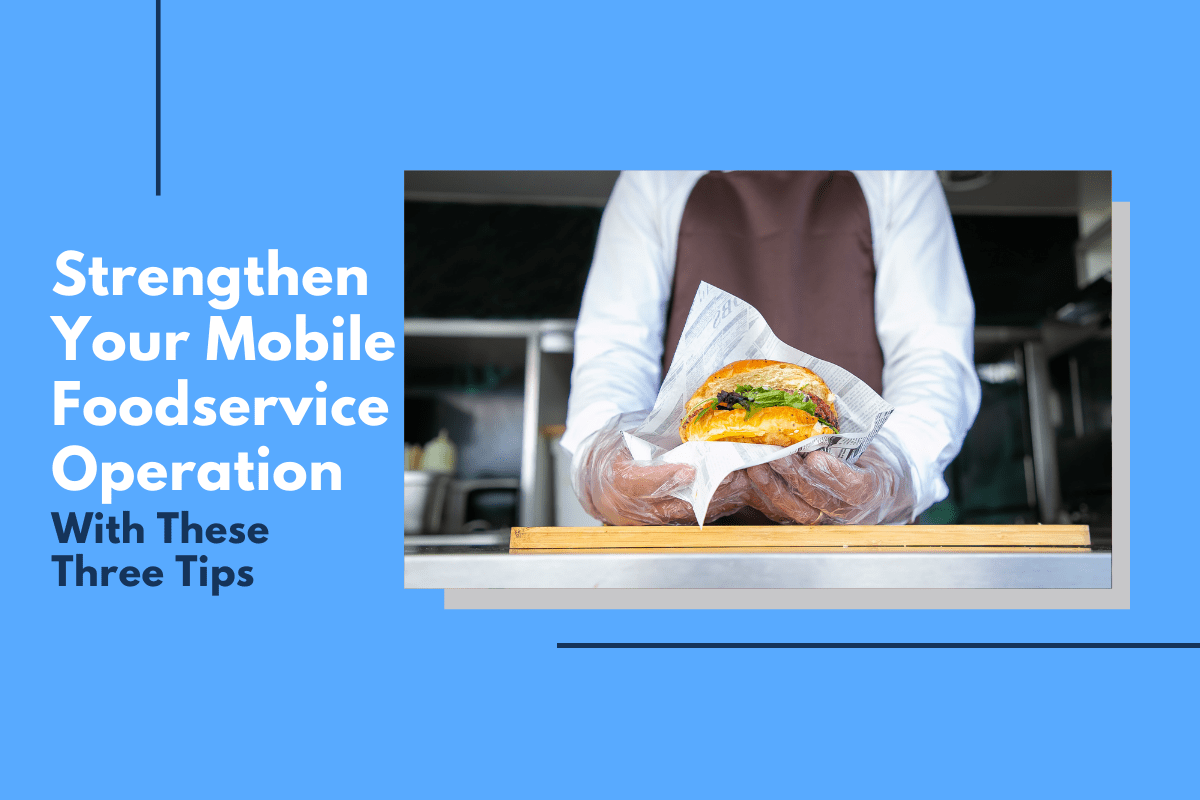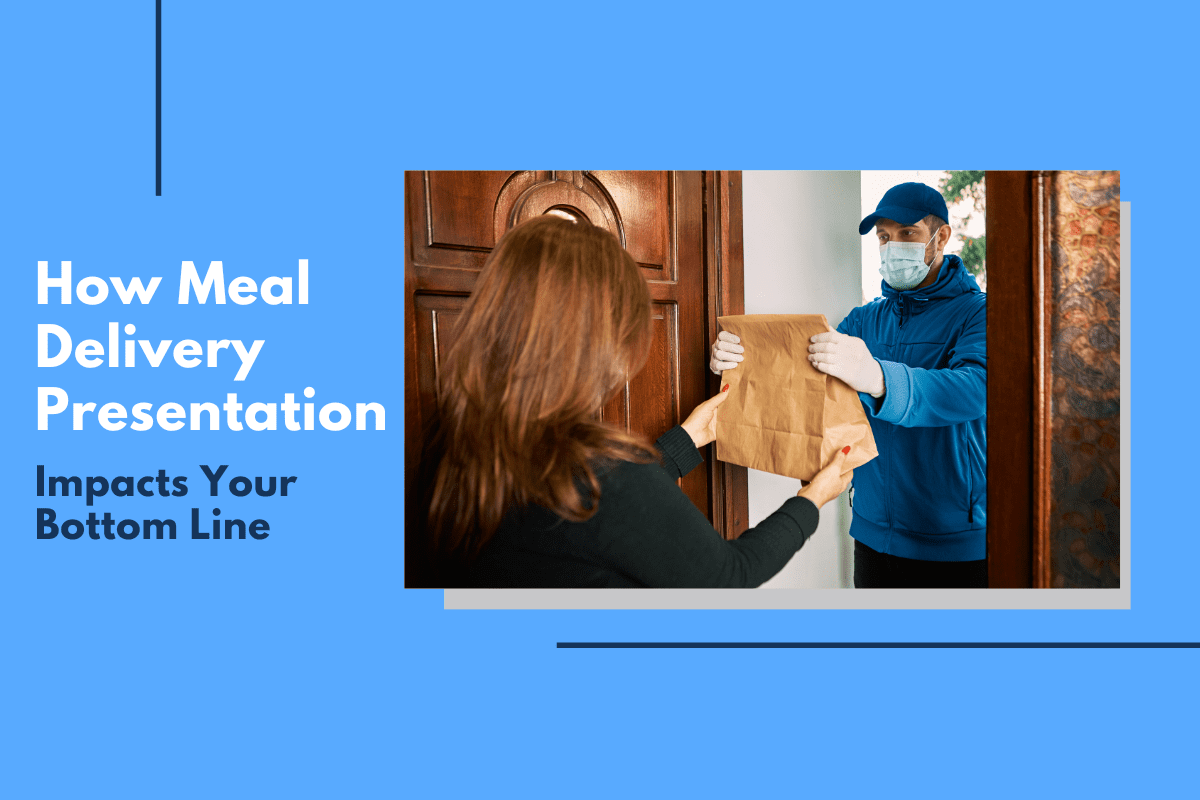
How Meal Delivery Presentation Impacts Your Bottom Line
Here’s a little puzzle: What part of the body does a person first use to eat? The answer might not be obvious at first, but people first eat with their eyes. Whether that’s in a fine dining restaurant when a plate is placed in front of the guest or when people are at home enjoying the convenience of delivery, presentation that appeals to the eyes by being attractive is an essential part of customer satisfaction and operator revenue. Presentation draws people to food and entices them to select it.
Defining Meal Delivery Presentation
More specifically, the way the food is arranged, the photographs and designs that are on the package, the color and shape of the food, and so much more — all those elements definitely are part of meal delivery presentation. Just as importantly, the cart or other equipment and supplies on which food is served also contribute to happier customers and more successful operators.
There are some key reasons why food presentation and appearance are so important. For one, when food is attractive, it communicates the message that the restaurant or operation offers quality. Also, meal delivery presentation influences what food customers select. People gravitate toward food choices that are pleasing to the eyes. In addition, presentation enhances customer perception of the food they are getting. Ultimately, all of those affect the bottom line as a result of increased sales.
Meal Delivery Carts
Meal delivery carts can be the perfect solution for successful meal delivery, while at the same time matching the preferred aesthetic. That includes unique colors, designs, and configurations. Various carts from Lakeside are available for hospital room service, steam tables, tray delivery carts, tray starter stations, and curbside & carry out. Those carts provide a great way to conveniently and stylishly deliver many types of food and beverages. Even better, Lakeside’s units are sturdy, fast, efficient, and quiet.
Many Foodservice Environments
Lakeside’s team understands and serves all types of foodservice environments, including K-12, colleges and universities, B&I, healthcare, hospitals, assisted living communities, nursing homes, rehabilitation homes, and more. The company helps by providing innovative, sustainable, and efficient food service equipment combined with extensive online resources to ultimately help enhance customers’ experiences and so much more.
For any business, the goal is to boost the bottom line. There’s no doubt about the fact that meal delivery presentation increases sales and improves the bottom line. With so many appealing choices available when it comes to meal delivery carts, there is a smart solution to meet any meal delivery presentation need. The challenge is narrowing down from all those excellent options and choosing the perfect configuration.

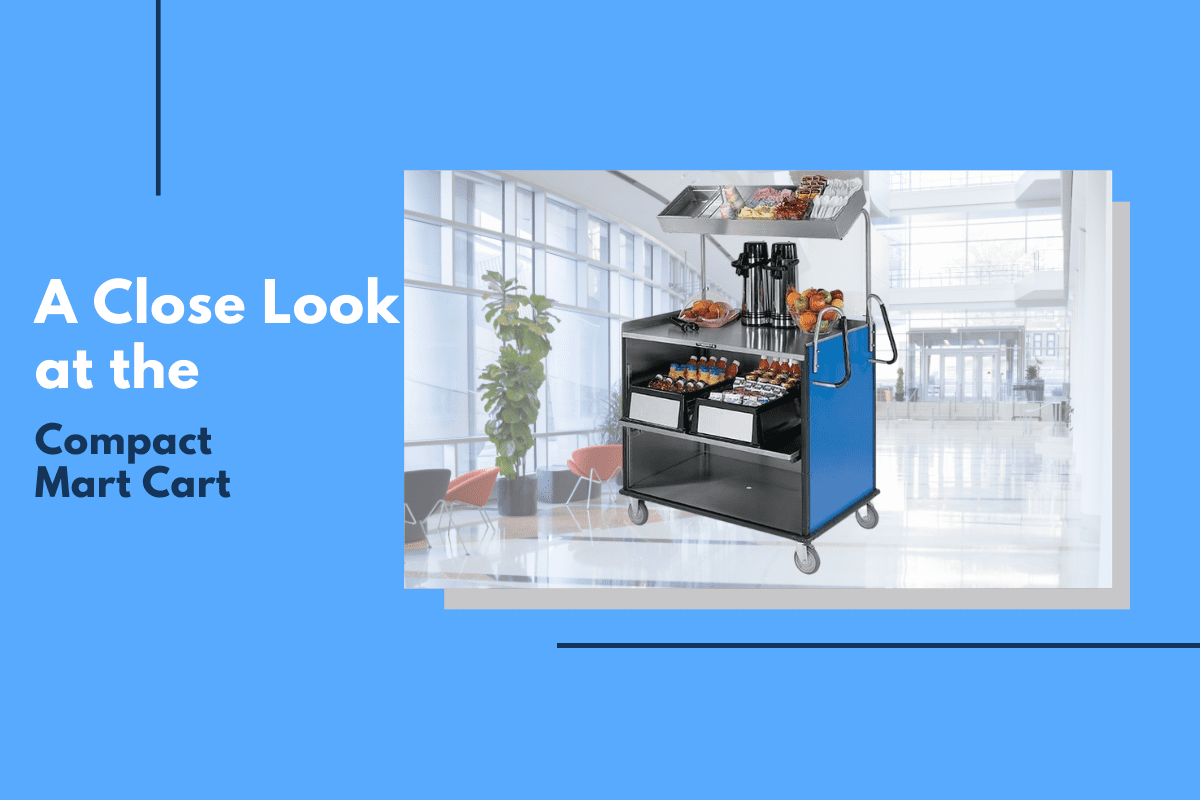
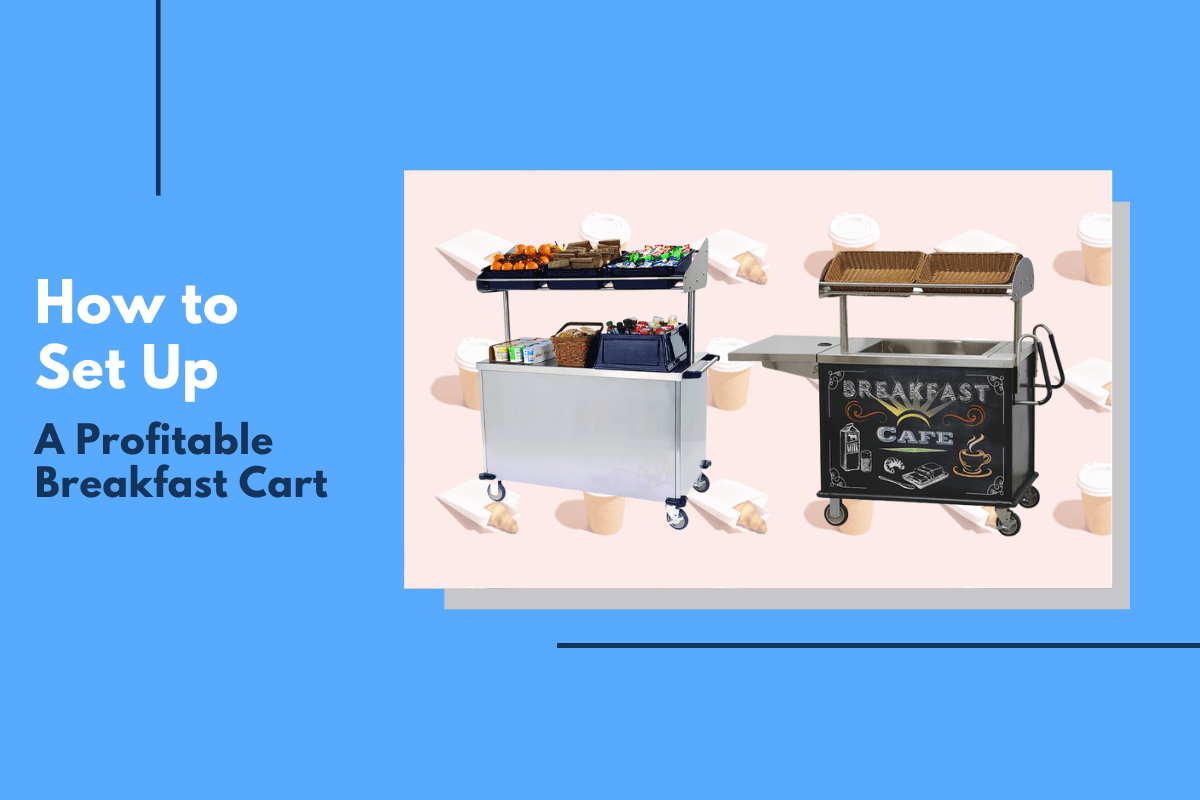
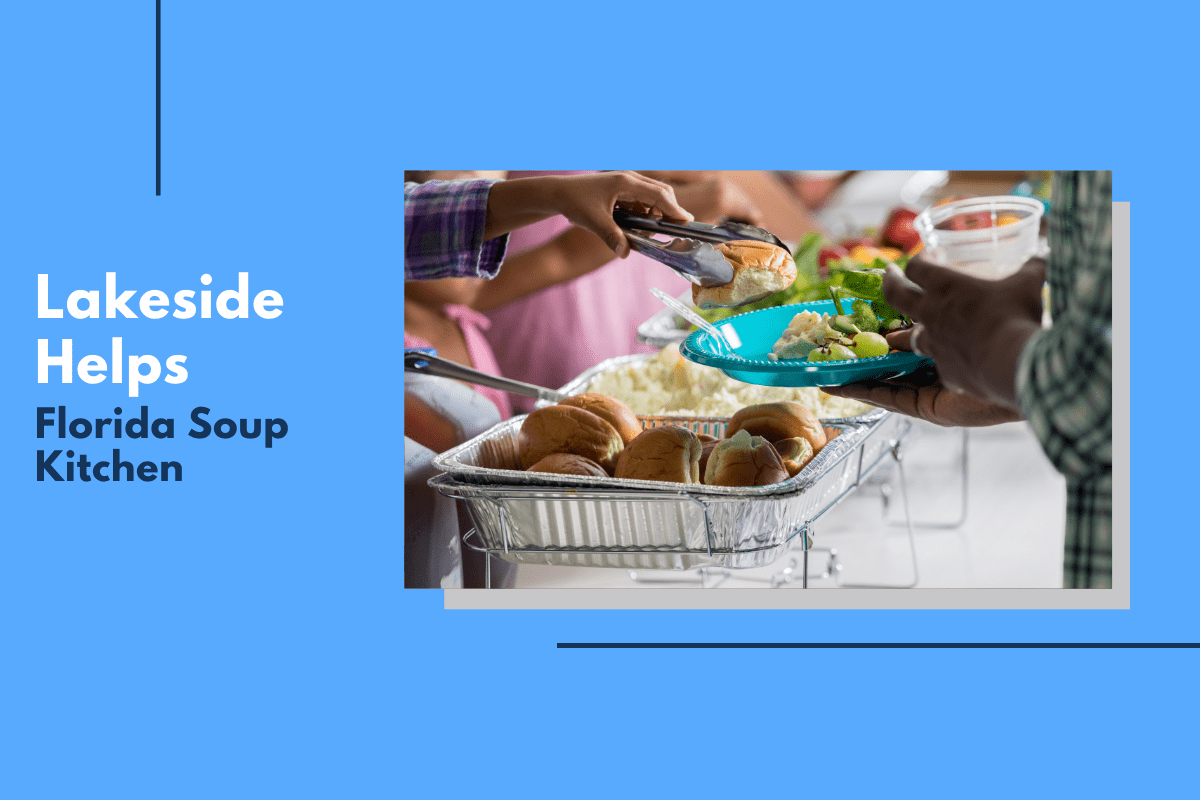
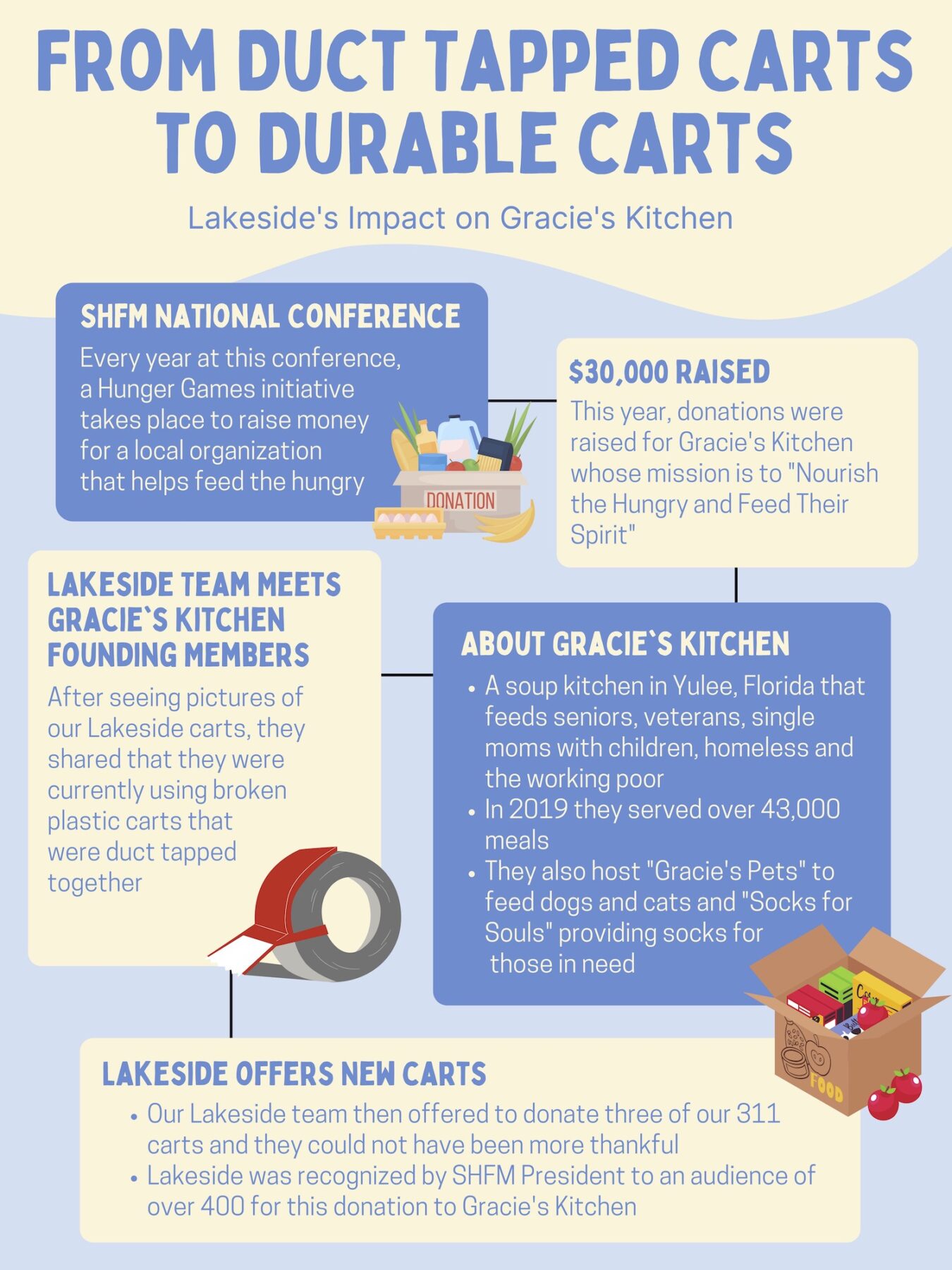
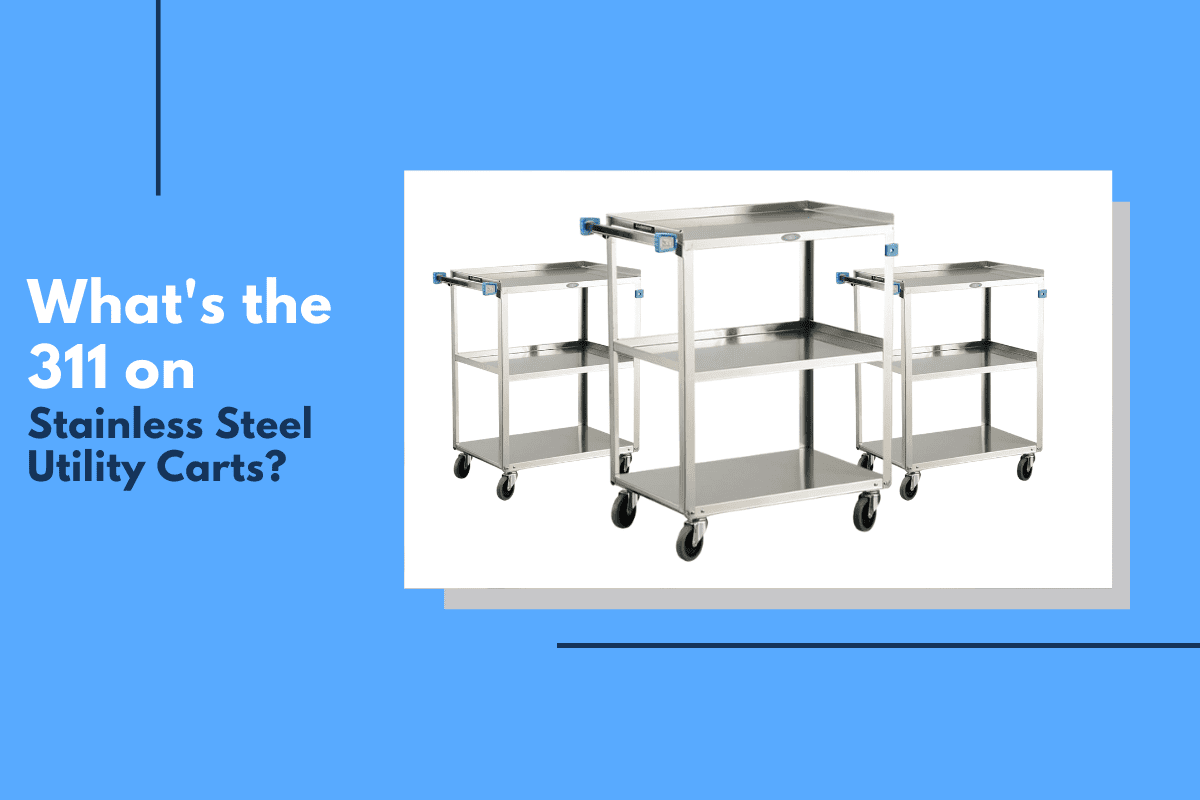
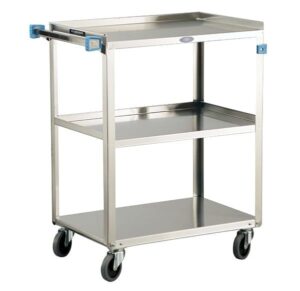 The
The 